Reimagining Cultural Storytelling Through the Eyes of Roberto Pazzi
Italian photographer Roberto Pazzi’s award-winning series The Mundari Tribe documents the daily[...]

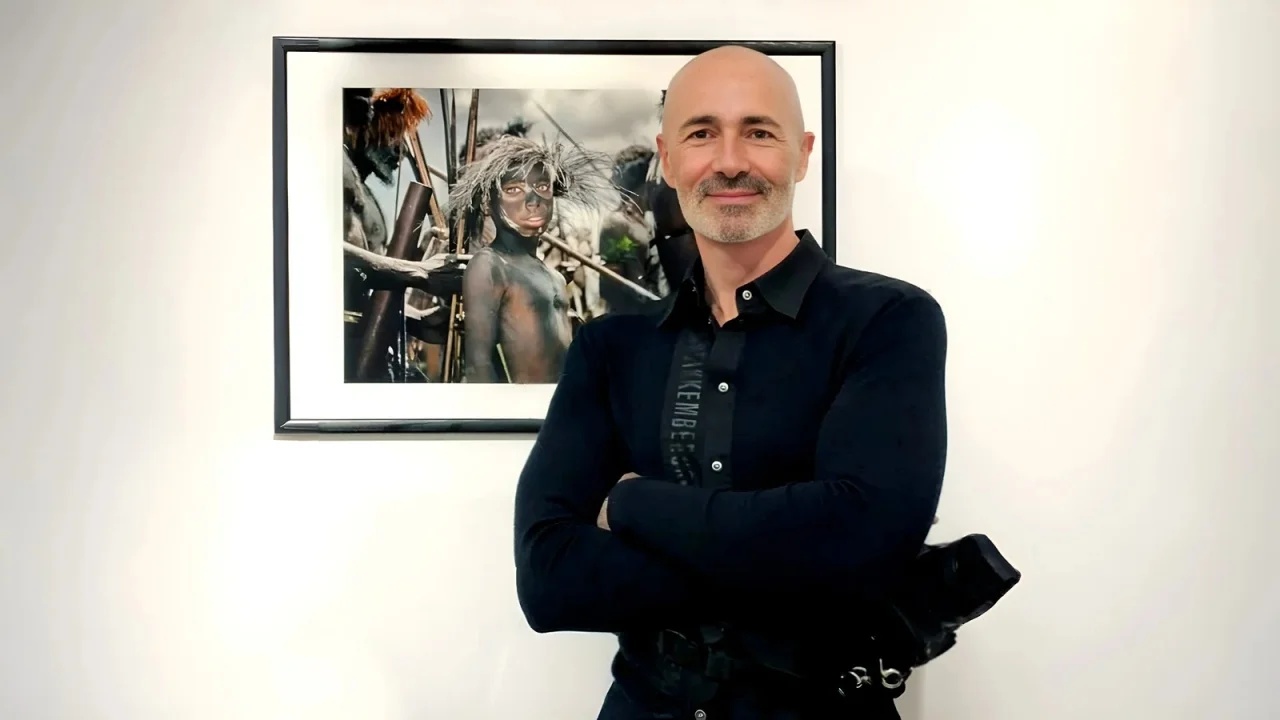
Italian photographer Roberto Pazzi’s award-winning series The Mundari Tribe documents the daily[...]

Leslie Robins, a lifelong traveler and nature enthusiast, transforms her love for wildlife, lan[...]
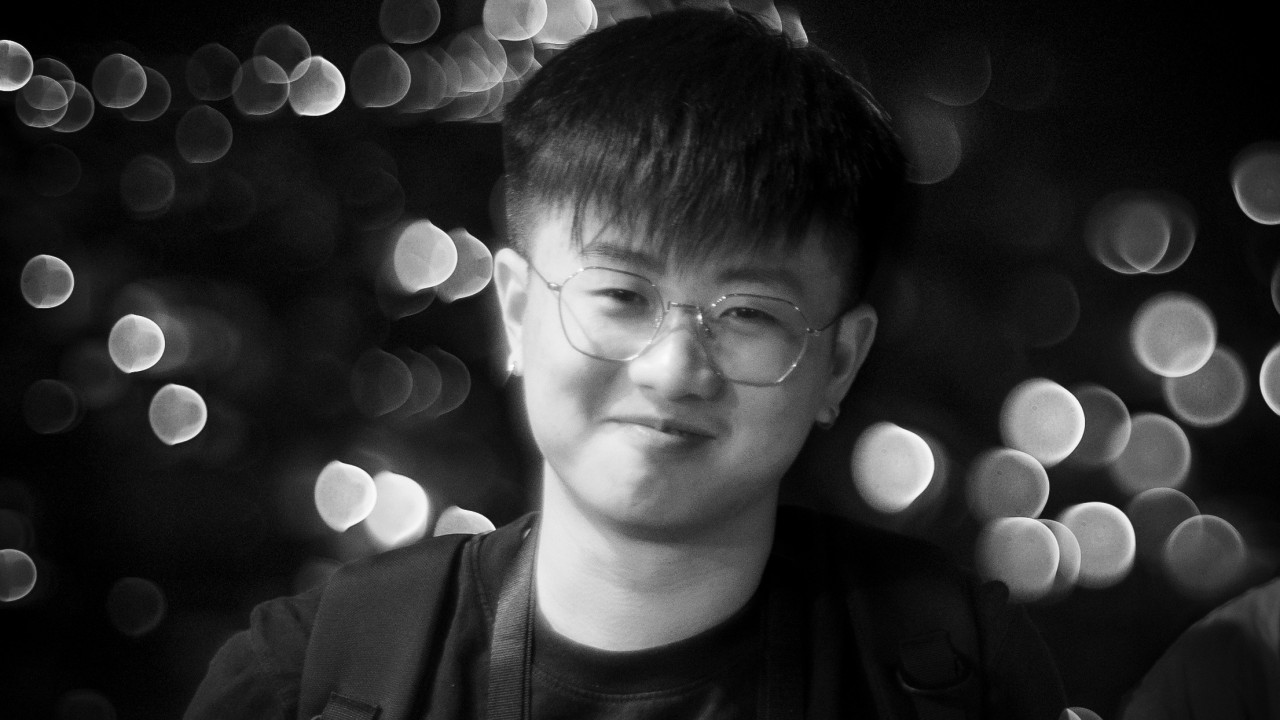
Zihua Mo approaches architecture as both art and purpose, driven by a lifelong passion for craf[...]
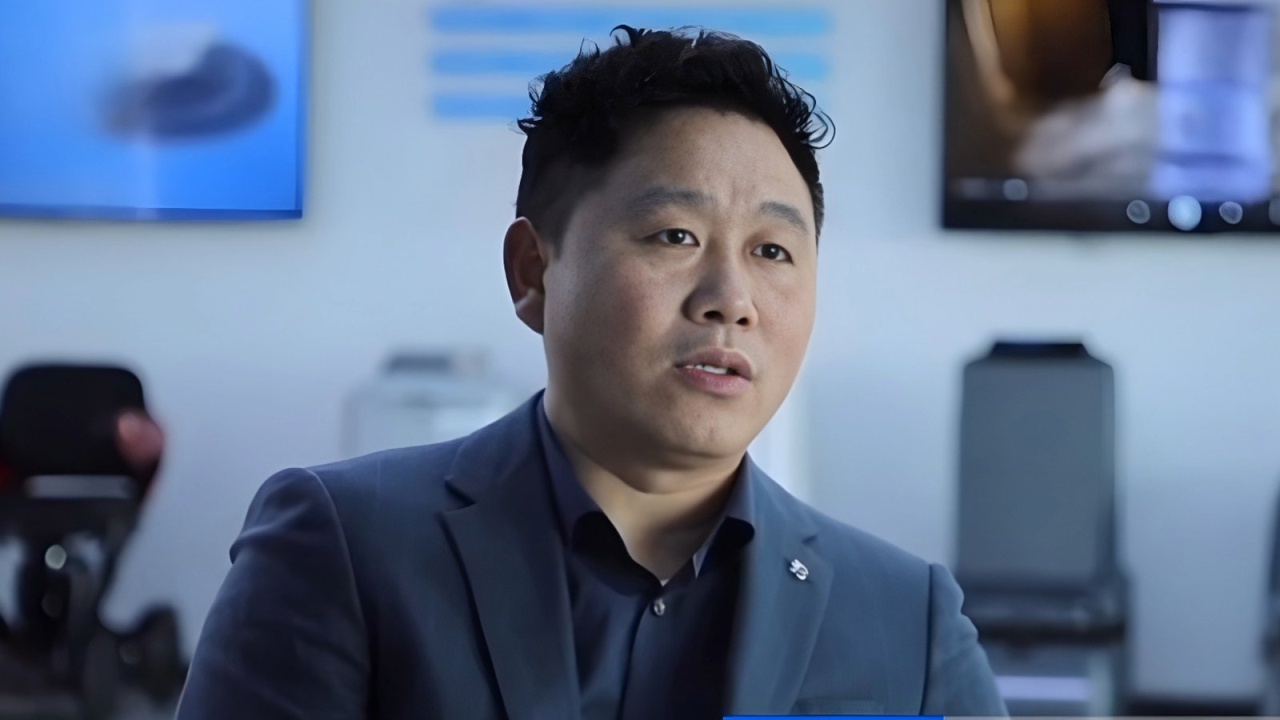
Zou Yuanhua, Chairman of Shenzhen Wandechang Innovative Intelligence Co., Ltd., integrates tech[...]
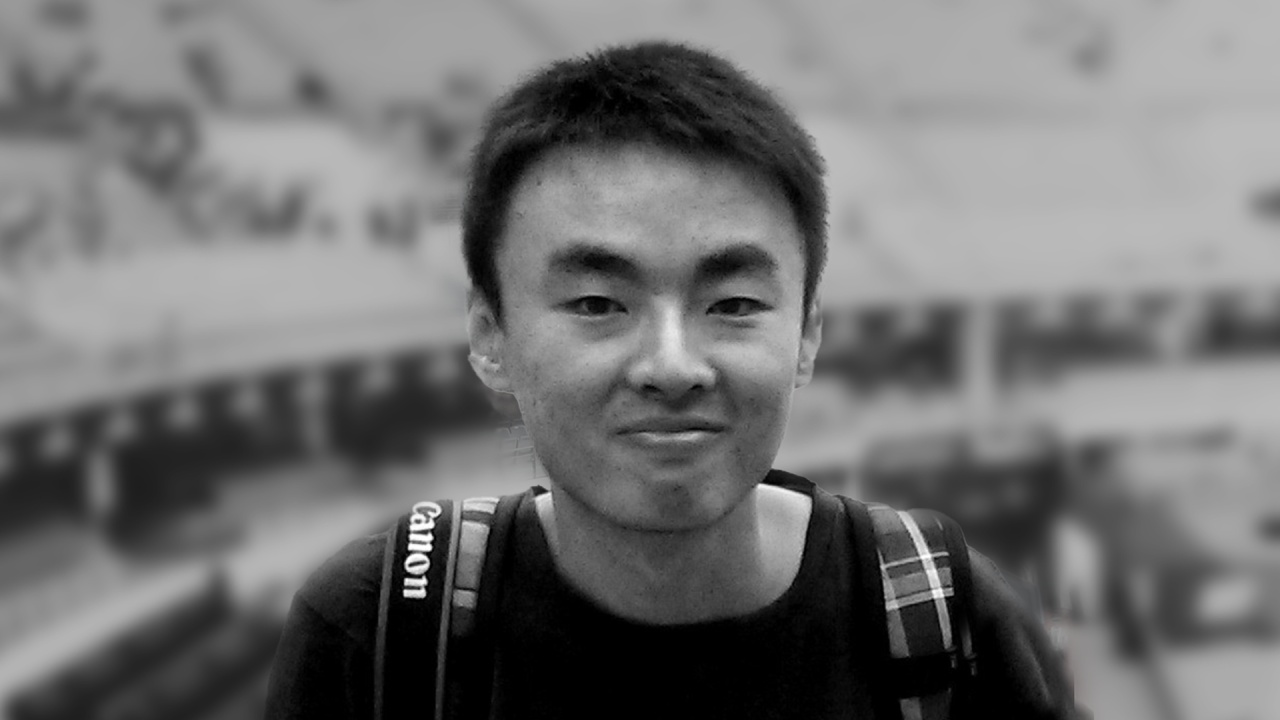
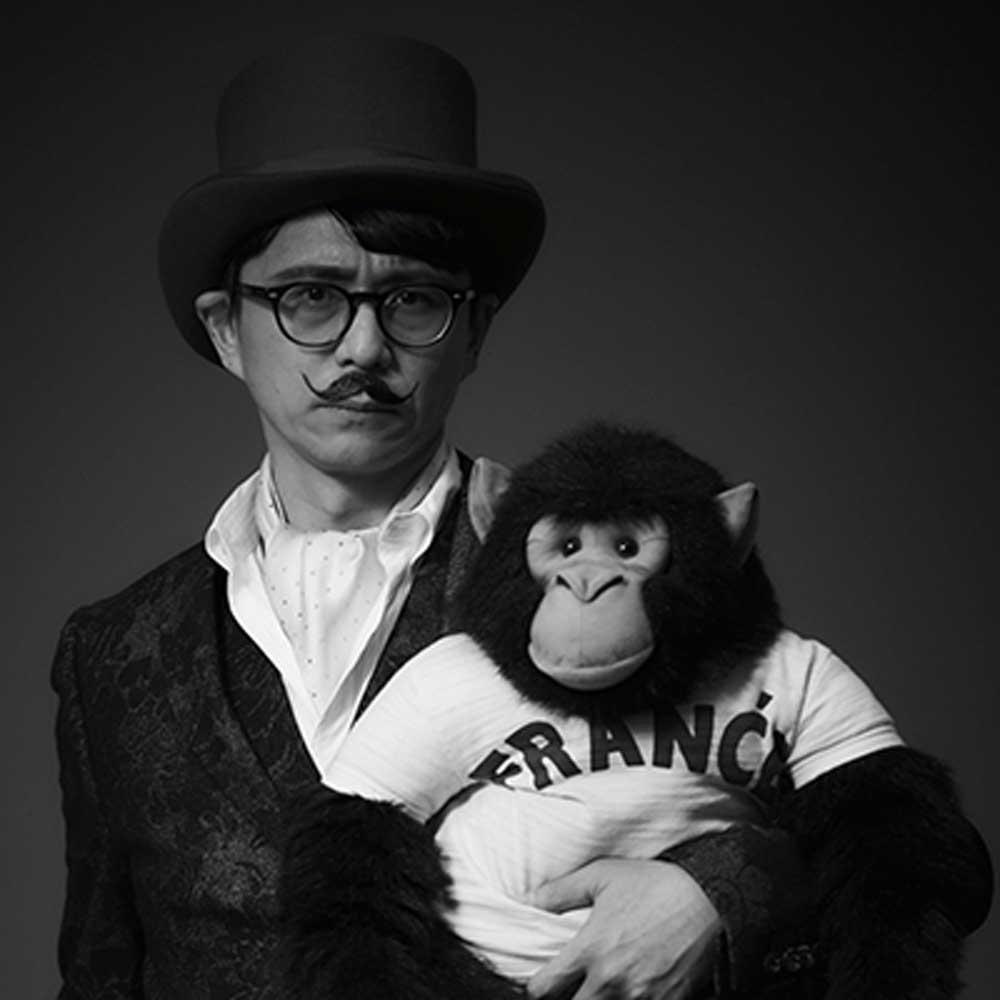
Hidetaka Suehiro is a Japanese game director and writer known for his bold, unconventional appr[...]

Leslie Robins, a lifelong traveler and nature enthusiast, transforms her love for wildlife, lan[...]

October 21, 2025Contact: Sharon W. | Vice President of Programs ManagementMUSE Creative Awards [...]
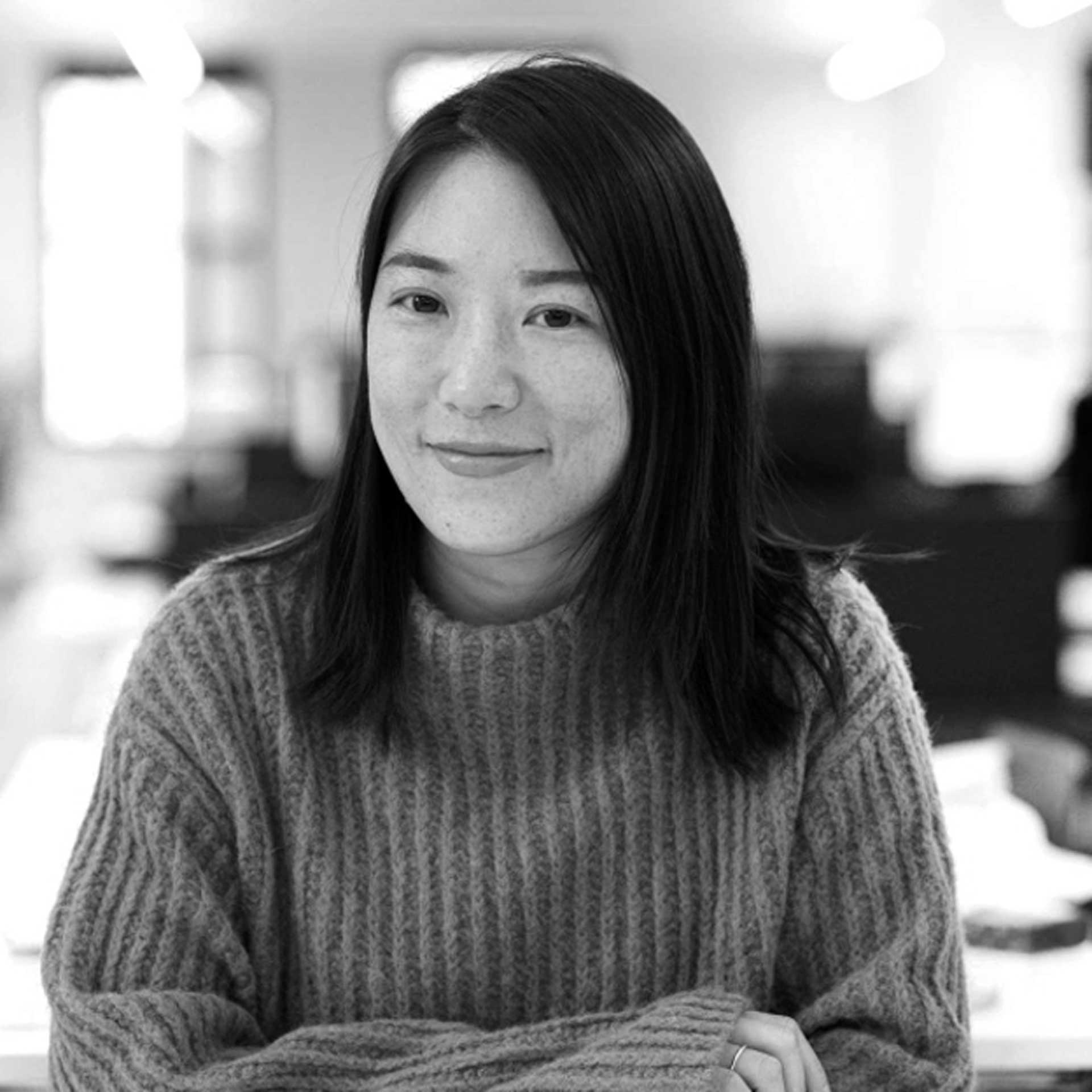
Chang Suo is an architect and urban designer with experience on both U.S. coasts, having worked[...]


From her first course at the Prague School of Photography, Gabi Steiner discovered the power of[...]
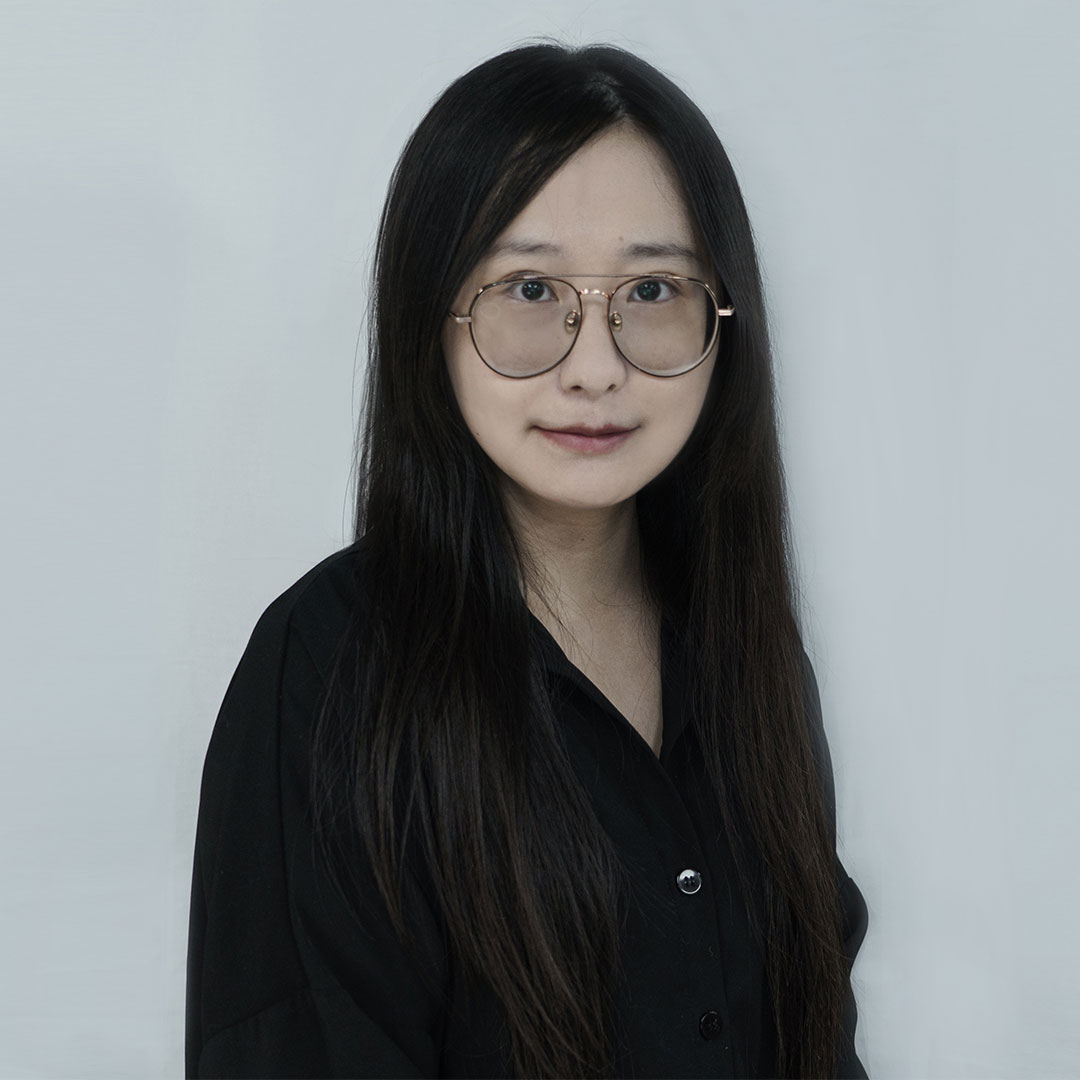
Yicheng Zhu is an independent visual and concept artist whose fascination with world-building b[...]

Hidetaka Suehiro is a Japanese game director and writer known for his bold, unconventional appr[...]
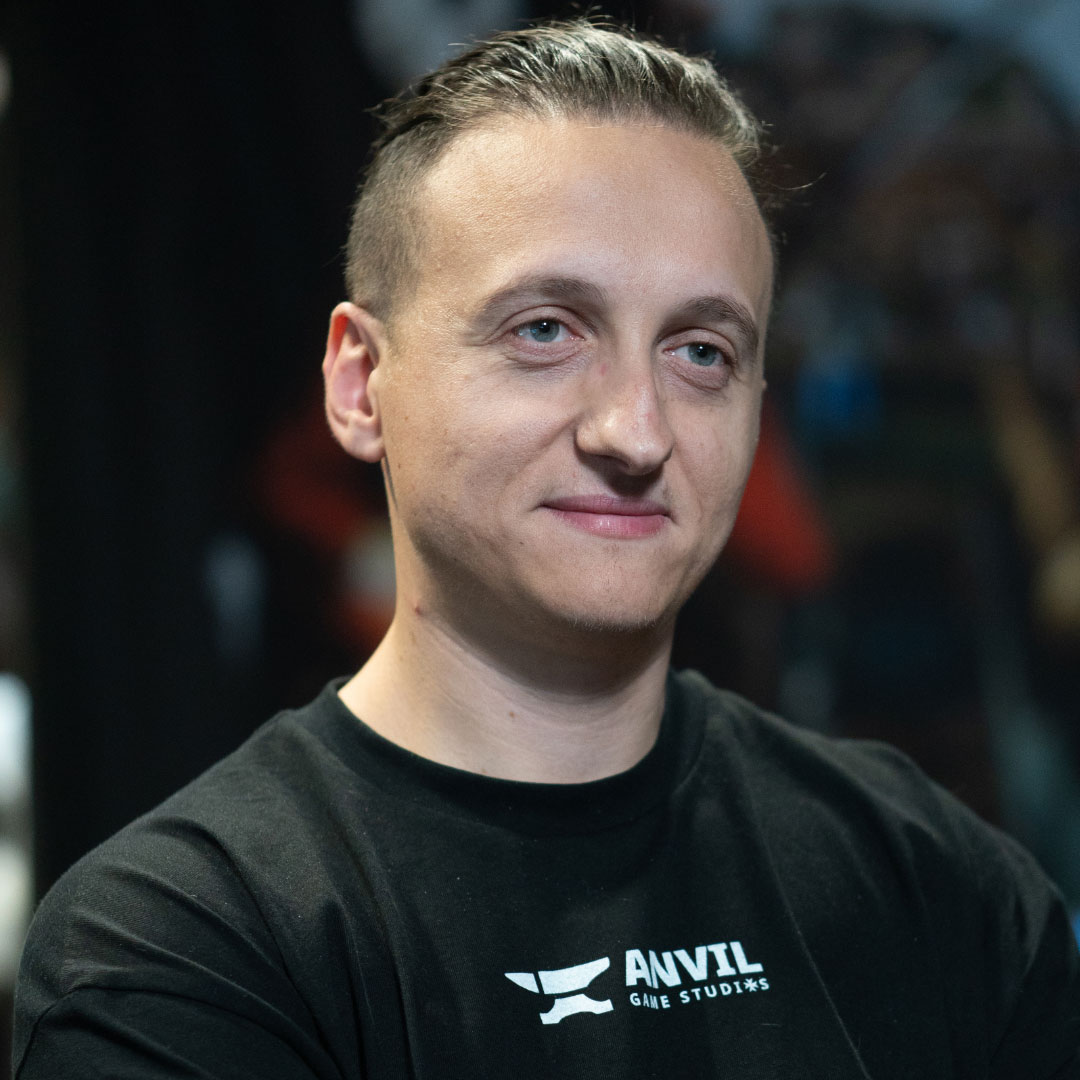
Julian Farrugia, COO and Creative Director at Anvil Game Studios, co-founded the studio with hi[...]

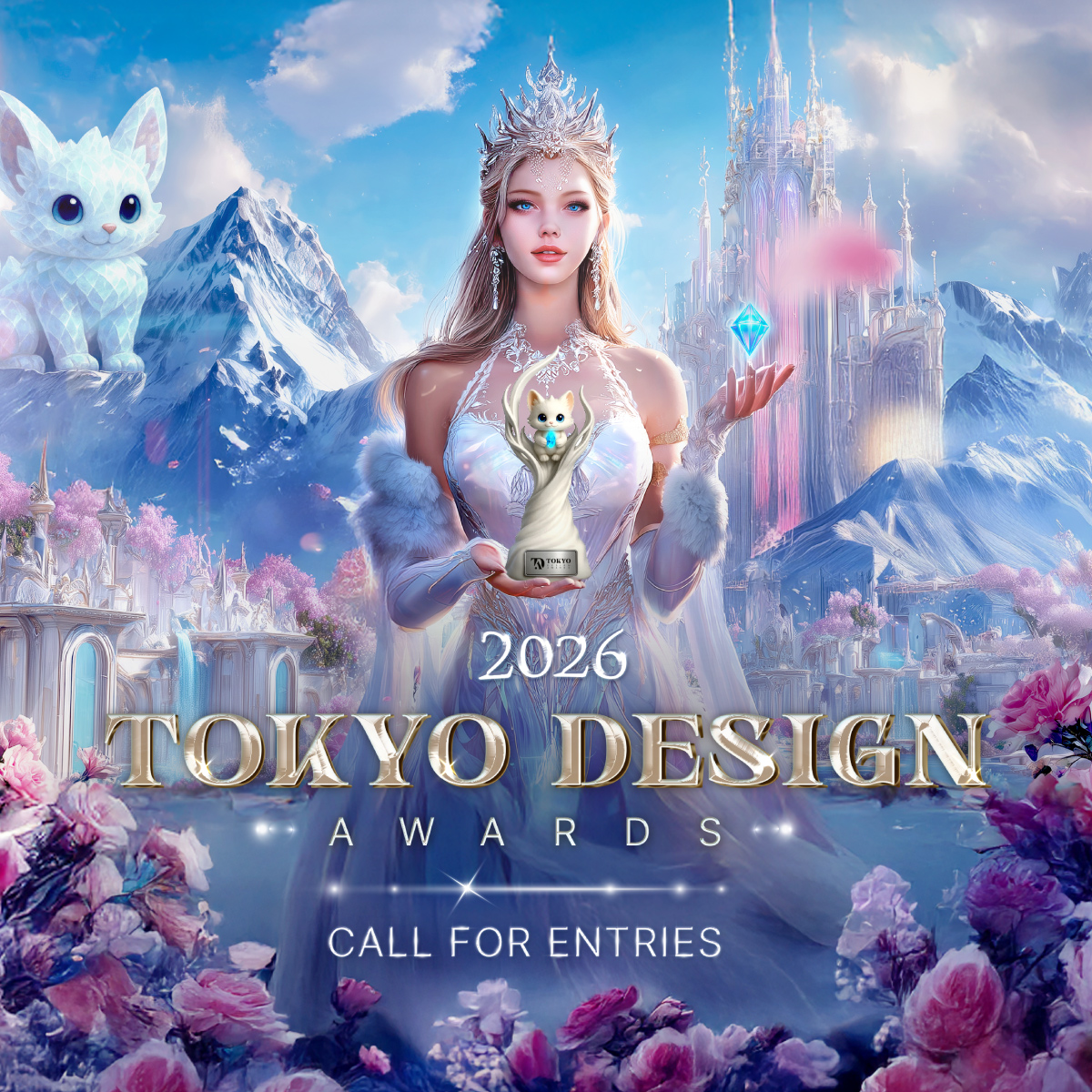
October 30, 2025Contact: Tyler K. | Senior Vice President of Programs & MarketingTokyo Design A[...]

October 30, 2025. Contact: Tyler K. | Senior Vice President of Programs & Marketing Noble Wor[...]
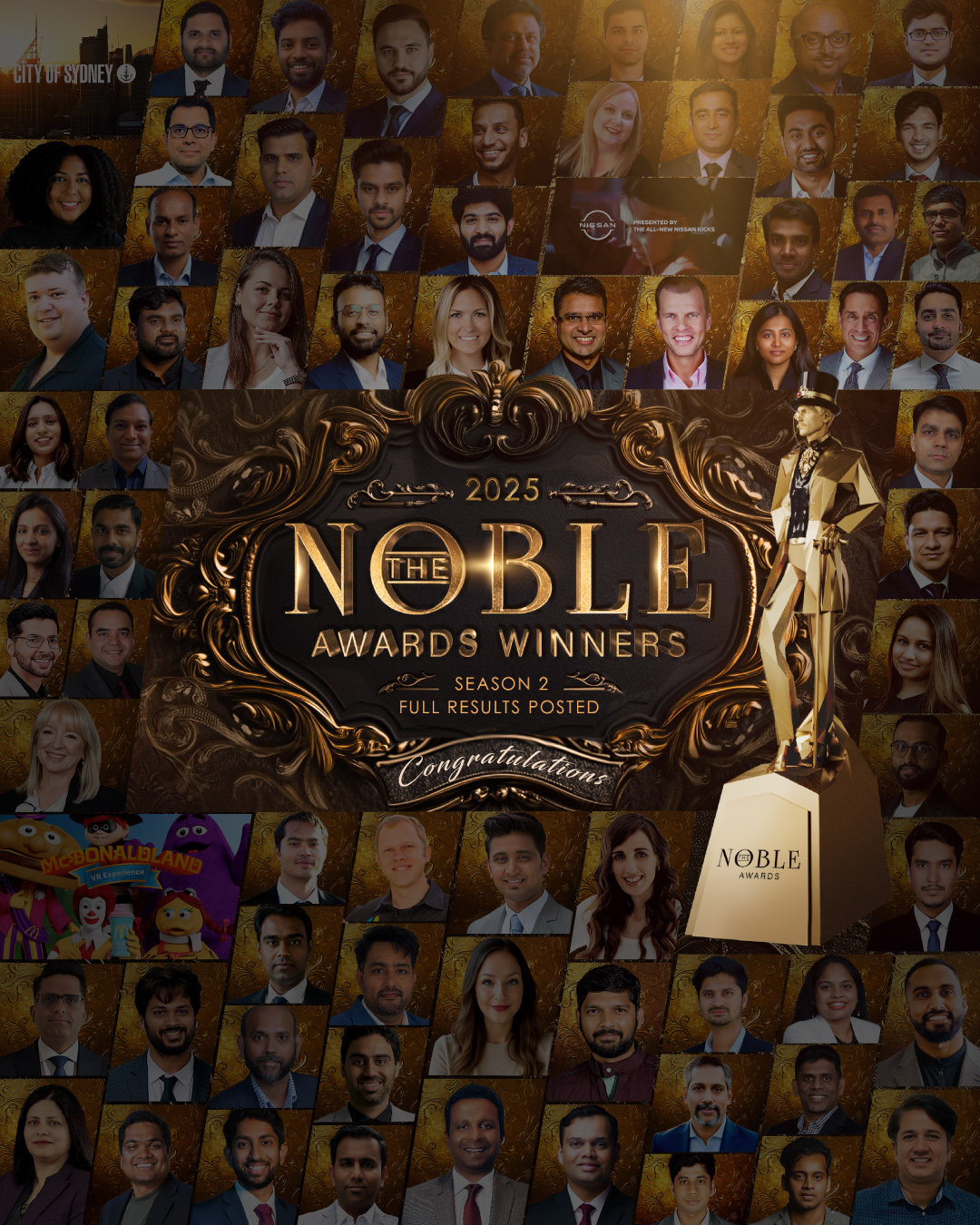
October 30, 2025Contact: Joe H. | Senior Vice President Noble Business Awards Email: joe@iaaawa[...]

October 30, 2025 Contact: Joe H. | Senior Vice President NYX Game Awards Email: jo[...]
Never miss a moment of creativity — Subscribe now for inspiring ideas and more!